The cross is one of the foundational steps of Argentine Tango.
With an imperceptible shift forward from their torso, a leader will push a follower to take their left leg, suspended in front of the follower’s body, and push it back, crossing over their knees and resting their foot on the opposite side.
The lead for the cross is so slight that it will barely be visible to an onlooker. The better the dancers, the more imperceptible it will be.
And yet, the follower has little choice. Should they wish to move, they must receive the lead. Should they wish to move well, they must surrender to what is being offered.
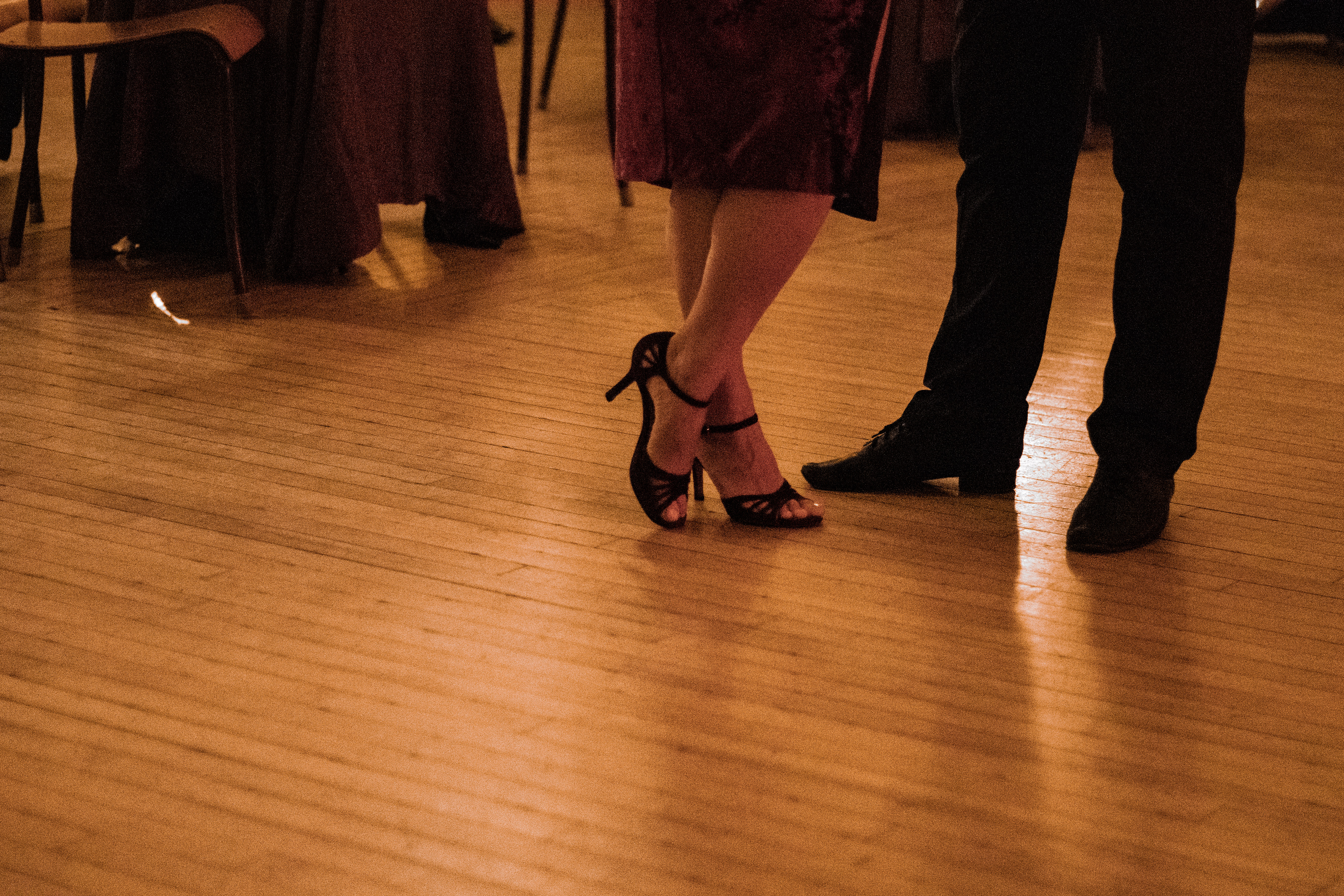
Argentine Tango is often described as a conversation. A dance where the entangled participants, chests pushed together, trace their feet across the floor, sometimes in long, slow arching movements that seem to be cat-like in their lethargy, and other times in swift, quick and unpredictable short movements.
It is a conversation because the follower and lead are responding to each other, and the next movement is determined by what is communicated between them. This is because, unlike other Latin social dances, there is no standard pattern of steps that a follower should memorize. The music is an array of beats and the pattern of steps is at the discretion of the leader; it can change countless times within a three-minute song. This means that both the lead and the follower listen. And often that a follower must surrender.
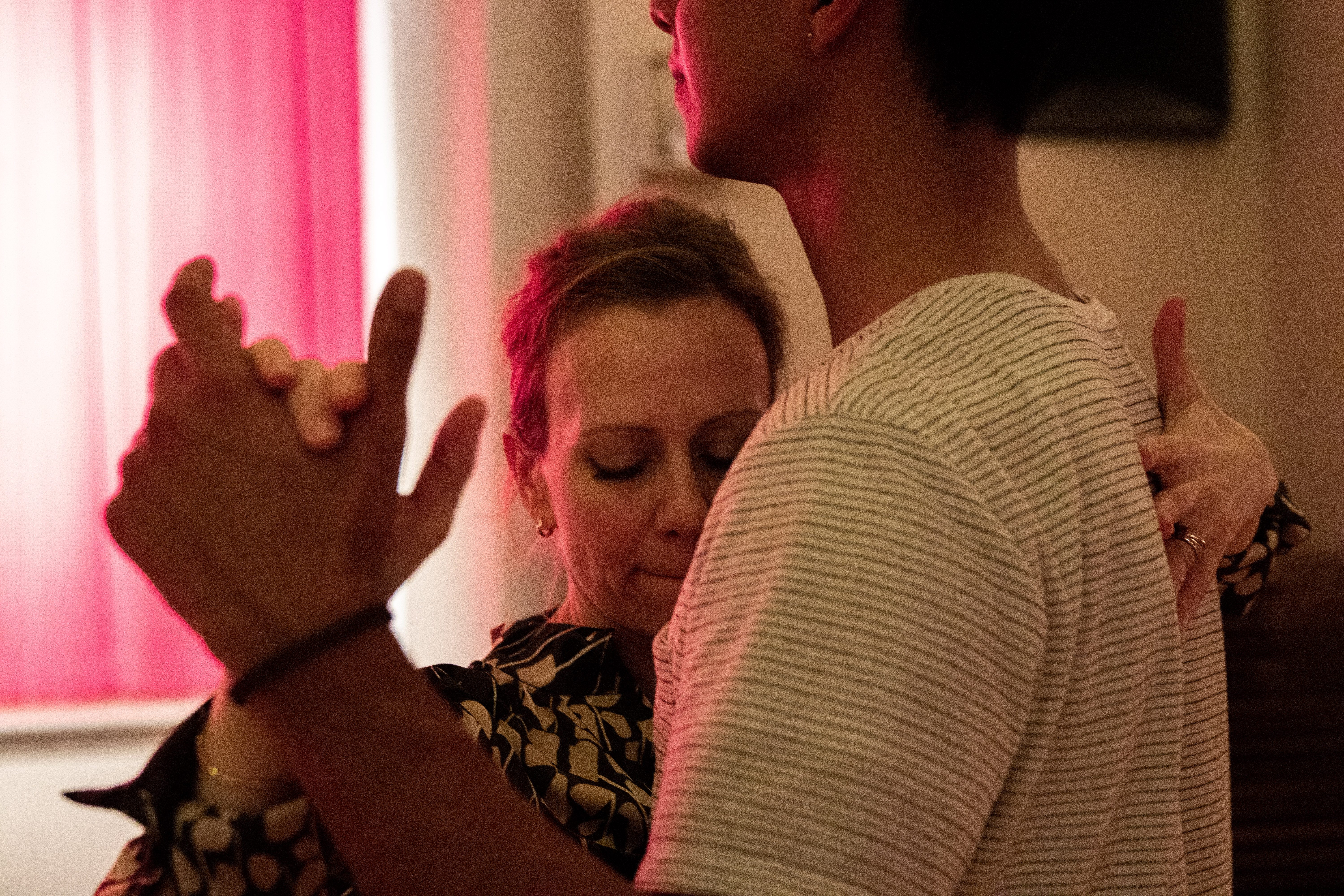
In the dance of embrazos — embraces — resistance is futile.
But in Argentine Tango, surrendering control also means freedom.
This is a contradiction. Which is fitting for a dance where contradictions abound. As my instructors have told me, to move forward, one must move backwards. To be grounded, one must stretch upwards.
Contradiction is also at the heart of the milonga: tango jargon for a dance social. The milonga is a space of experimentation, where dancers put their training into practice and where each partnership follows their own musical intuition. Yet the milonga is governed by strict etiquette. One may not, for example, ask another to dance. Instead they must capeceo: a deliberate look across a dance floor, followed by — hopefully — a flicker of agreement.
The history of the dance is also one of contradiction. It was born in the working-class barrios of Buenos Aires, Argentina and Montevideo, Uruguay, emerging from the cultures of enslaved afro-Argentinians who arrived in the land of silver and argentum during the colonial period. Tango offered a moment of intimacy and freedom in states made rich through suppression and surrender.
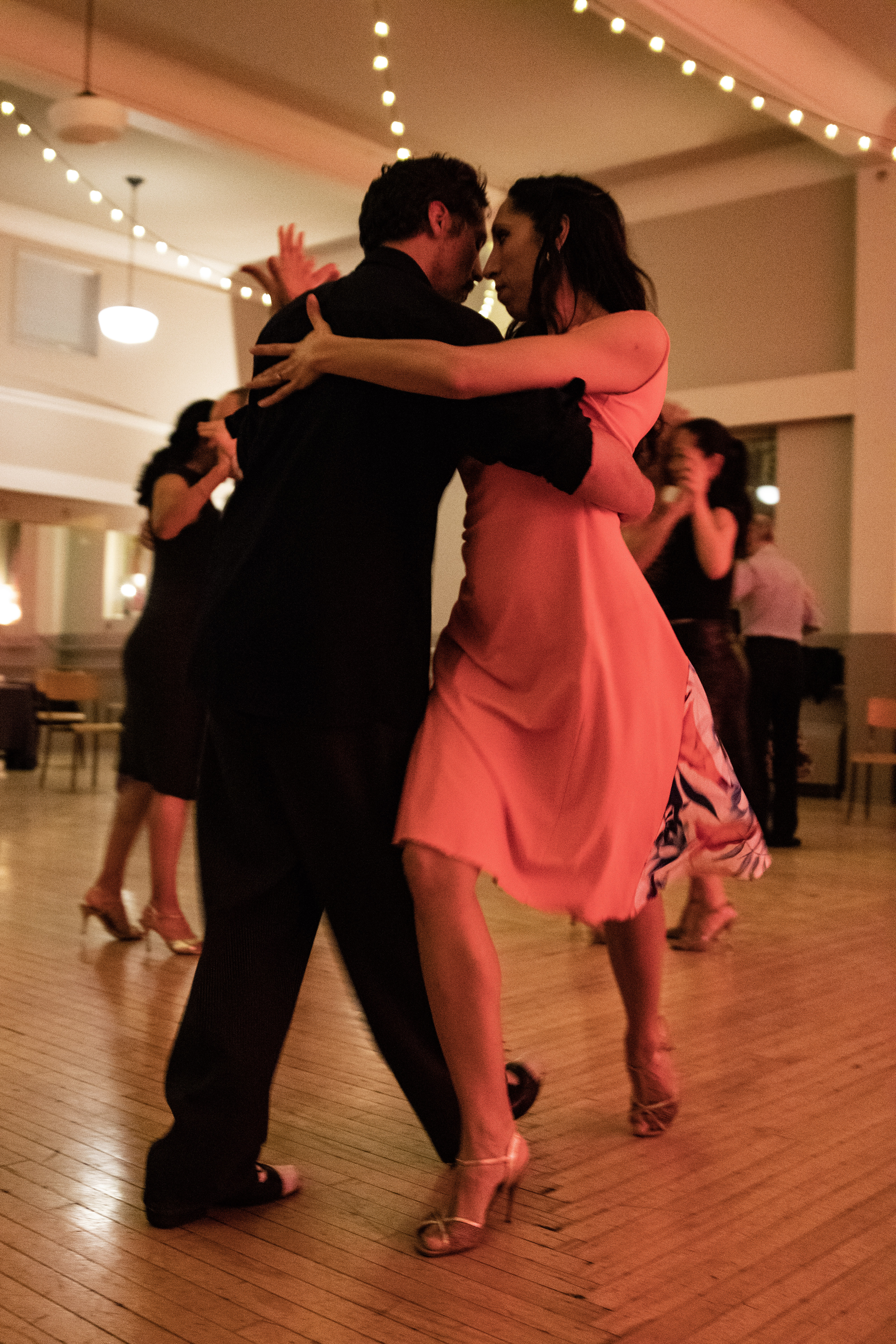
Today, the sensual and gendered nature of tango can be read as a celebration of Latin hyper-machismo. Traditionally the man always leads, and the woman (wearing six-inch heels and a tight dress with a slit that traces her thigh) always follows.
Yet the dance was perfected by men who danced together, a young and inexperienced man’s nose pressed to the ear of an experienced lead, each step breaking down gender roles in rooms that are now understood to have been spaces for homosexuality in a world that condemned it.
And today, Queer Tangueras, queer-identified female tango dancers, follow in these footsteps, questioning gender roles and expectations through the dance.
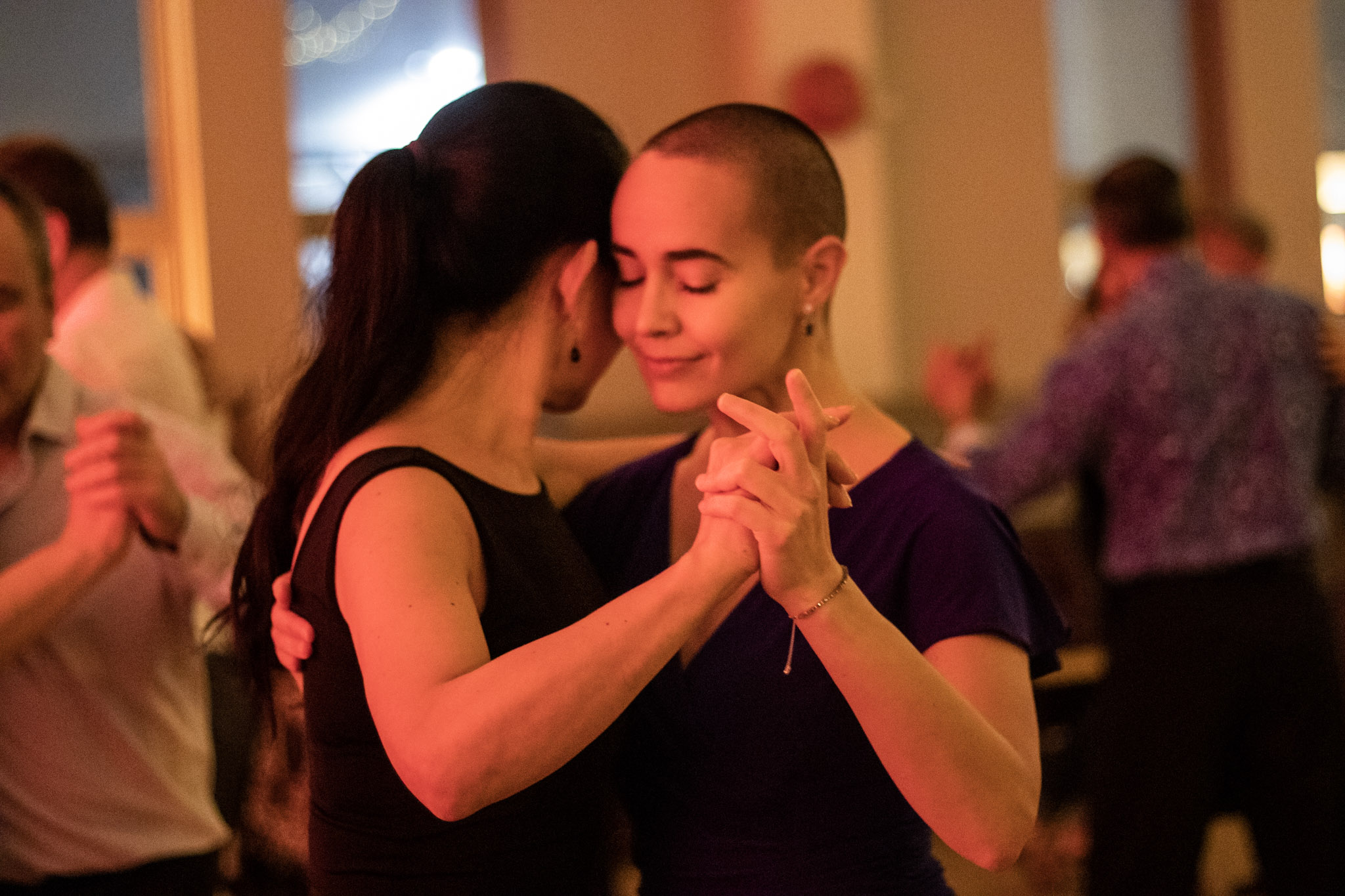
Perhaps it is these contradictions that entrance me. Perhaps it is this wealth of complexity that compels like a moth to flame to the dim-red lights of a milonga every Friday night.
I’m not the only one.
A 2013 study sought to discover whether tango was a behavioural addiction. It surveyed 1,129 dancers in France, 20 per cent of whom recorded experiencing withdrawal when not dancing. 30 per cent said they craved the activity. The authors concluded that the dance was indeed a behavioural addiction, akin to other activities, such as gambling, that are characterized by an inextricable compulsion, rather than deliberate choice.
This conclusion would surprise few practitioners. In the milongas of Buenos Aires, the dance is referred to as a drug, a heady supply sought by hordes of tango pilgrims who descend on the city, and its approximately 200 nightly milongas, in droves. Supported by these tourists, the industry employs 10,000 people, dancers, musicians and producers.
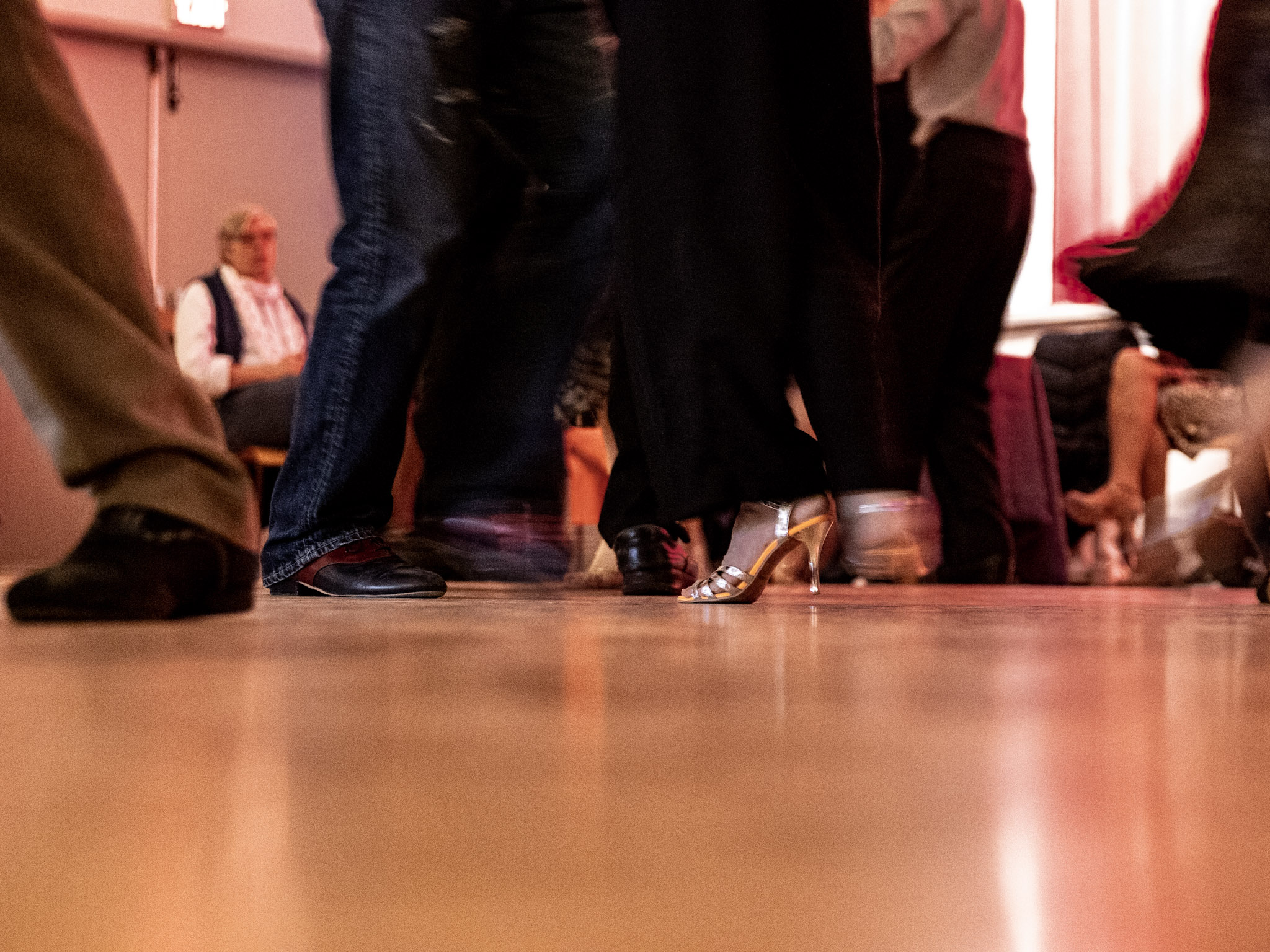
But the study, while admitting that tango might be an addiction, said that it was one of the good ones. The benefits — balance, physical fitness, musicality and social connection — outweigh the negatives.
I’ve experienced these benefits. I no longer roll my ankles. And I enjoy music like never before.
But that’s not the core of the addiction. This is not why I wait for milongas like a love-sick teenager waits for a text. Tango is an escape.
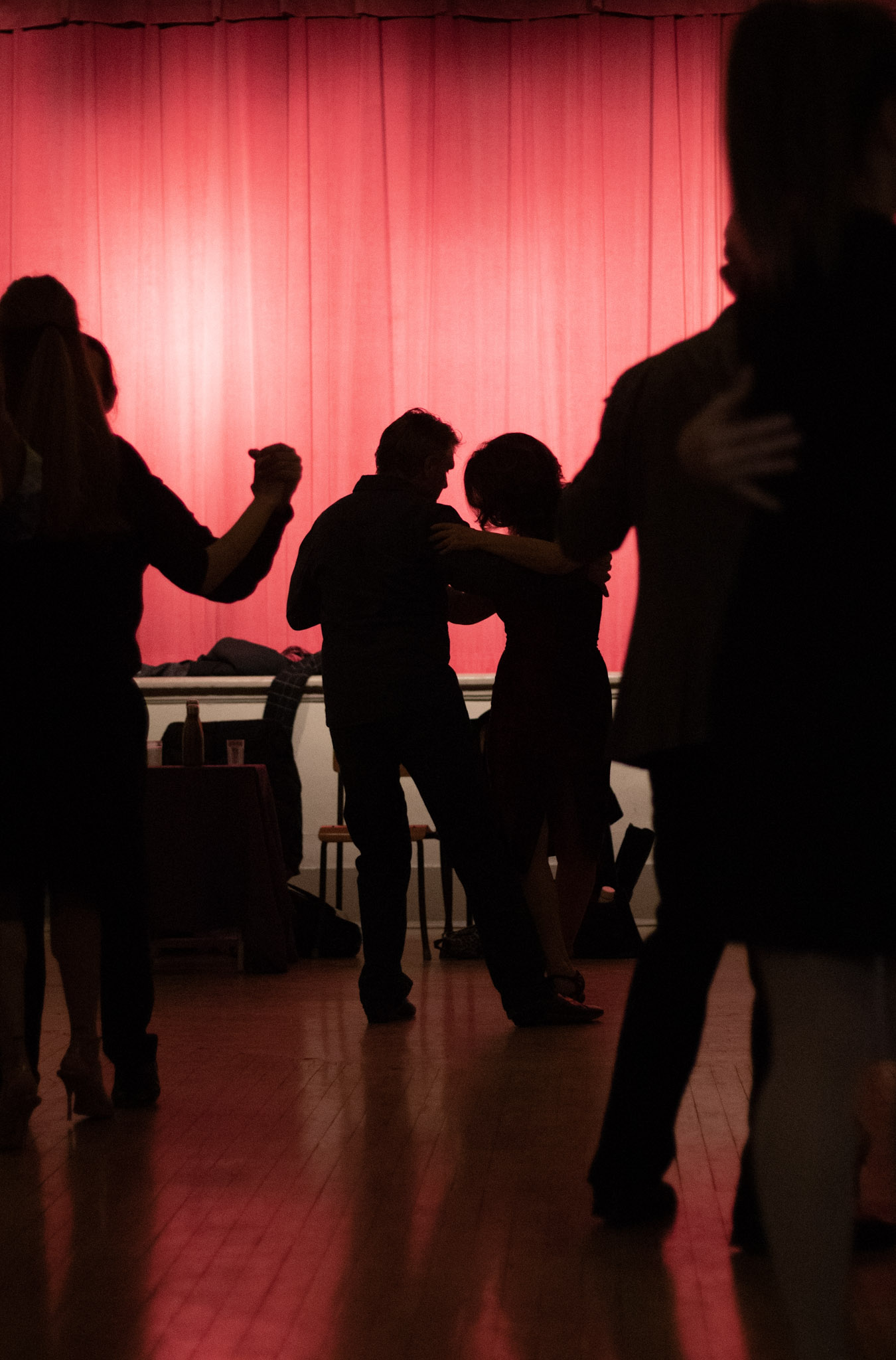
I am a modern woman, the beneficiary of centuries of female suffrage. I carry opportunities my grandmother could barely dream of. I have no children. No husband. No cooking, cleaning, ironing and folding for anyone, save myself, and only when I want to — which is rare. I have no mortgage, and no real obligations. I am a woman in a place and time when my sex does not necessarily limit the options available to me.
I have nothing but choice. Nothing but options. And yet sometimes I feel like a conflicted consumer, wishing to be freed from the tyranny of needing to make so many choices.
I am a career-seeking professional in an industry that is oversaturated with talent. A successful journalist must have talent and a work ethic. But they also must have luck. And the existence of luck necessitates the existence of the unlucky. Which will I be? And will my path be decided by one single missed opportunity? One event missed by a late train? A mild cold leading to a failed encounter. One word in place, one word out of place. One mistake. So many landmines. So many steps. So many opportunities for explosion.
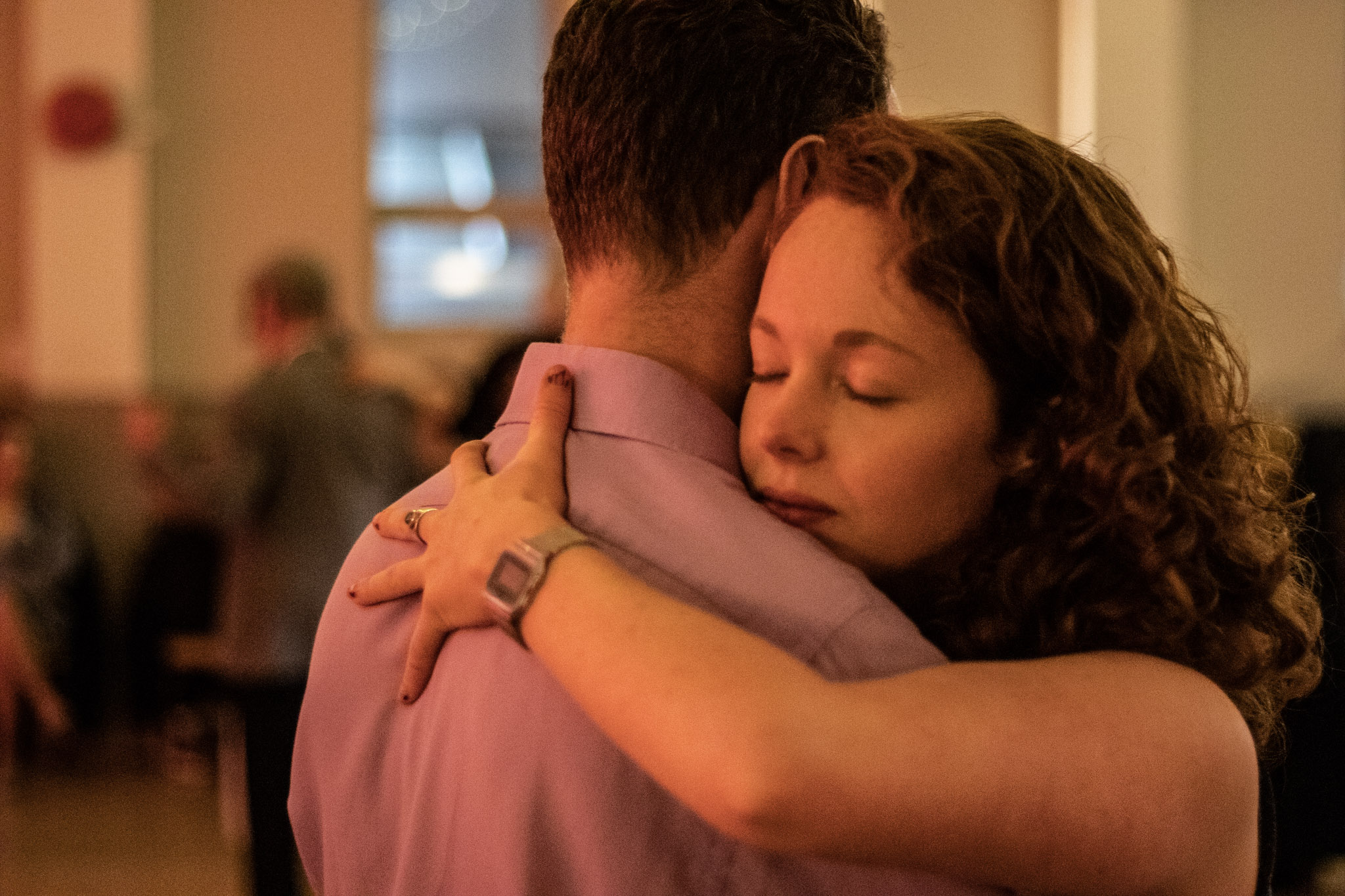
But in the dimly lit, reddish hue of a milonga there is no such thing as luck. There are no choreographed steps. It requires training, but in the moment when the music begins and the first step is taken, there is no such thing as foresight or planning.
The mind surrenders and the body — usually the servant and victim to an endless plotting, doubting, spiralling brain — takes control. The feet have all my autonomy and sometimes, freed from the weight of indecision, they do something beautiful. When one slides next to the other at precisely the right moment and I complete a cross, it is a moment of pure satisfaction. It is a gift of untampered gratification.
I would like to thank my fellow milongueros who graciously allowed me to take photographs of them dancing. Special thanks to Lisa Wawrynchuk, host of the milonga, teacher and tango extraordinaire. ![]()





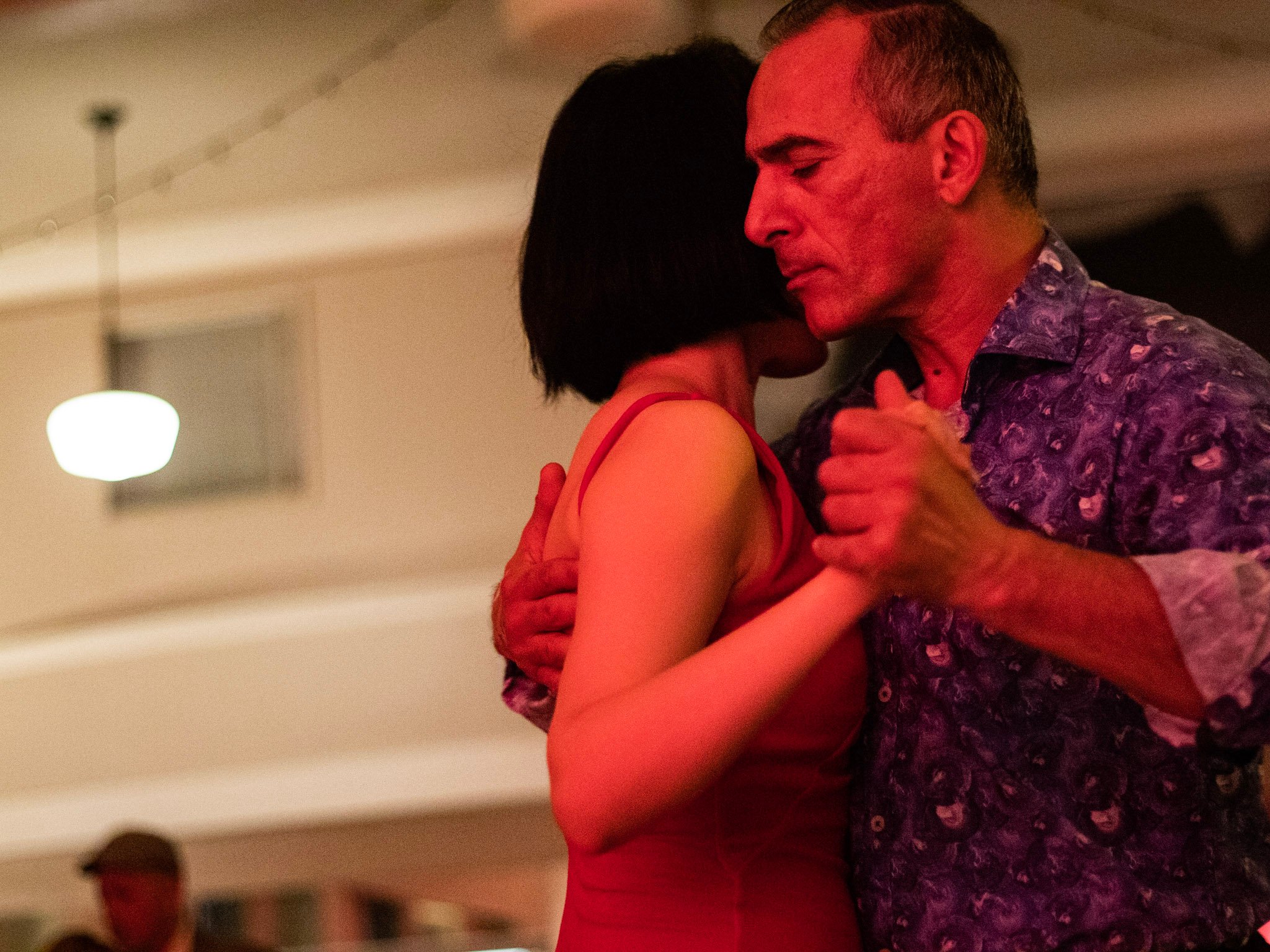












Tyee Commenting Guidelines
Comments that violate guidelines risk being deleted, and violations may result in a temporary or permanent user ban. Maintain the spirit of good conversation to stay in the discussion.
*Please note The Tyee is not a forum for spreading misinformation about COVID-19, denying its existence or minimizing its risk to public health.
Do:
Do not: